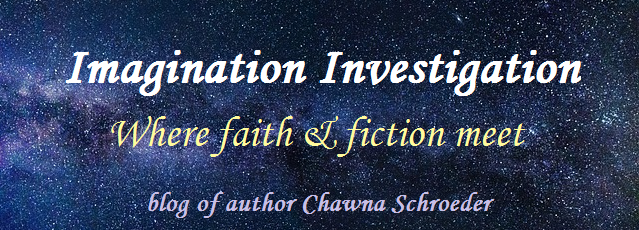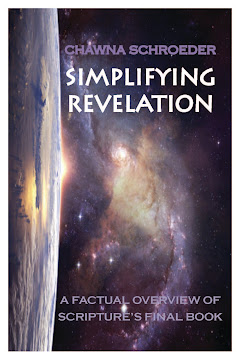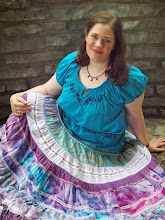We’ve been considering the Hero’s Journey for the past few weeks, which largely deals with plot. But no plot can exist and no conflict will ever happen without someone to act out these events. These someones are characters.
I cannot begin to cover all the facets of good characterization here. Rather I want to offer snippets on three aspects that seem to create truly great characters—those kinds which are highly memorable and/or deeply enjoyable:
1. Protagonist is sympathetic/empathetic: If we avoid spending time with real people we don’t like, why would we give up our leisure to do so? Therefore, we must find a reason to cheer on the protagonist through all the trials and tribulations arise, as well as bad choices made.
The reasons we follow a character are as numerous as the types of people. But the three most common are probably those who make us laugh, cause us to hurt for them, or win our grudging respect in some way.
2. Protagonist is motivated: We all live with regrets and unfulfilled dreams, battered about by life’s unpredictable winds. Characters with the same will earn some sympathy from us, for they are just like us and we like knowing we aren’t alone. But if that is all there is, why read a book or watch a movie? I can just live life.
So characters must go one step further—that step that we ourselves are reluctant to take: They must do something about it. Why they do something about it can vary, but concrete goals as well as intangible desires (e.g. love, honor, acceptance) must somehow drive them to risks and actions we often only imagine of doing ourselves.
3. But most of all, in my opinion, great characters are often caricatures: Fiction resembles reality, not mirrors it perfectly. So while characters must be believable, they are often larger than life.
How is this accomplished? Like an artist’s caricature, an author accentuates a few key (and often contrasting) attributes out of proportion to the rest. Curmudgeons become more miserly (Scrooge), the scheming more conniving (Tom Sawyer), the timid more cowardly (the Cowardly Lion), the villain more villainous, the hero more heroic. This affects everything from their speech to their motivations, creating unique and intriguing characters.
And we buy it all the way. Why? Because it’s close enough to the original to be familiar (who hasn’t met a grumpy man or lazy, scheming boy?) and yet the disproportions brings fresh emphasis to those same characteristics, inspiring our imaginations, tugging at our heartstrings, and tickling our funny bones.
And when characters like that step onto the page or movie screen, why wouldn’t we follow them to the ends of the world…and beyond?
Monday, January 18, 2010
Subscribe to:
Post Comments (Atom)




No comments:
Post a Comment